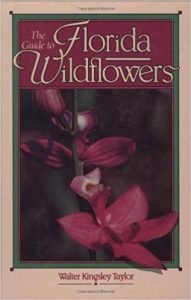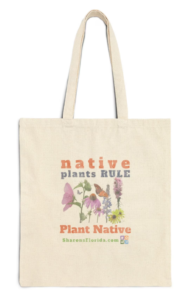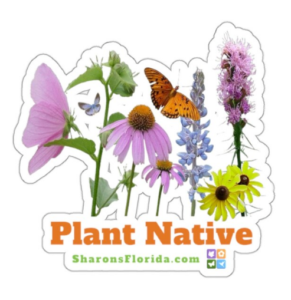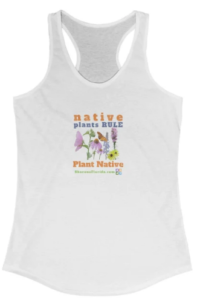Weeds You Want
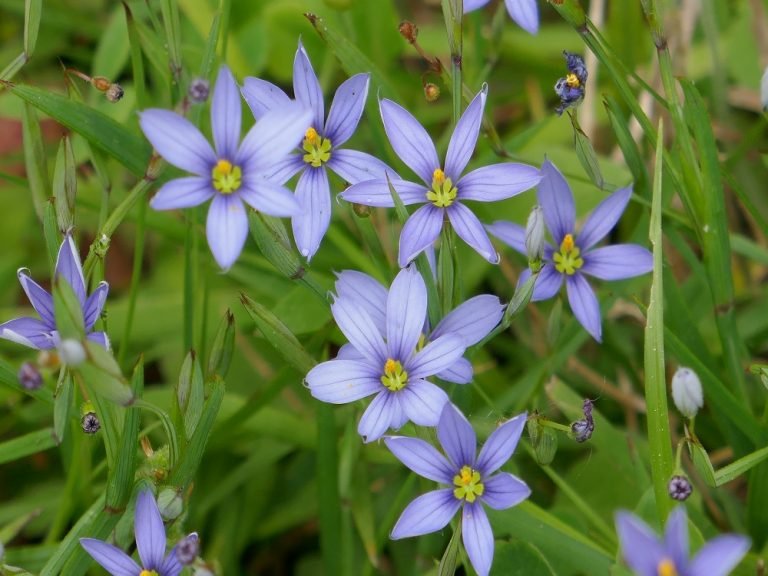
In this article I’m focusing on wildflowers that some consider to be weeds. Most of these plants are found growing in lawns … lawns that cover what was formerly native wild flower and plant habitat. The wildflowers appear despite all efforts to eradicate them, they seem to always find a way back. Lawns that lack sufficient sunlight and water to grow lush are more apt to have wildflowers sporadically coming up because of spots of bare ground. Only the diehard wildflowers succeed in lush, thick lawns.
Dictionary.com defines weed as:
- a valueless plant growing wild, especially one that grows on cultivated ground to the exclusion or injury of the desired crop.
- any undesirable or troublesome plant, especially one that grows profusely where it is not wanted: “The vacant lot was covered with weeds.”
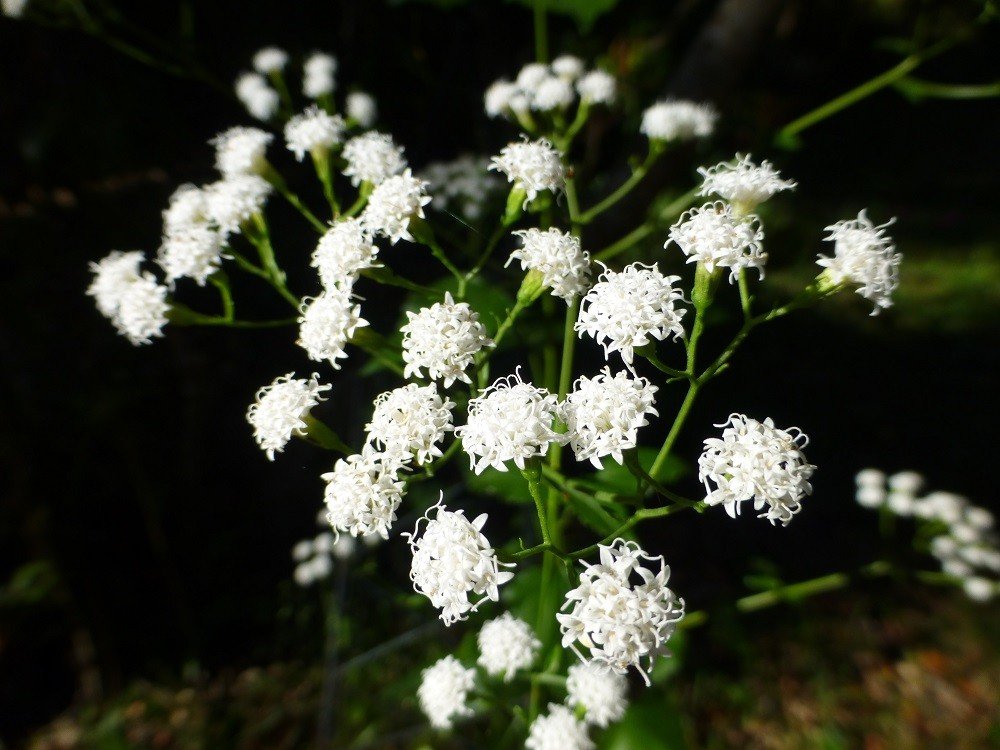
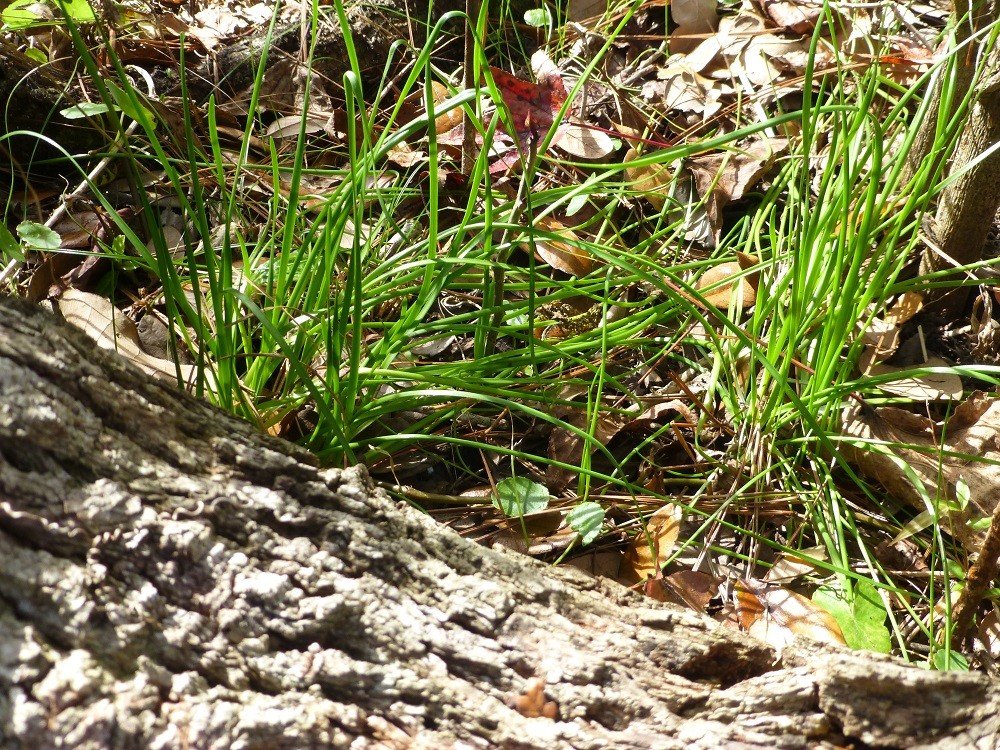
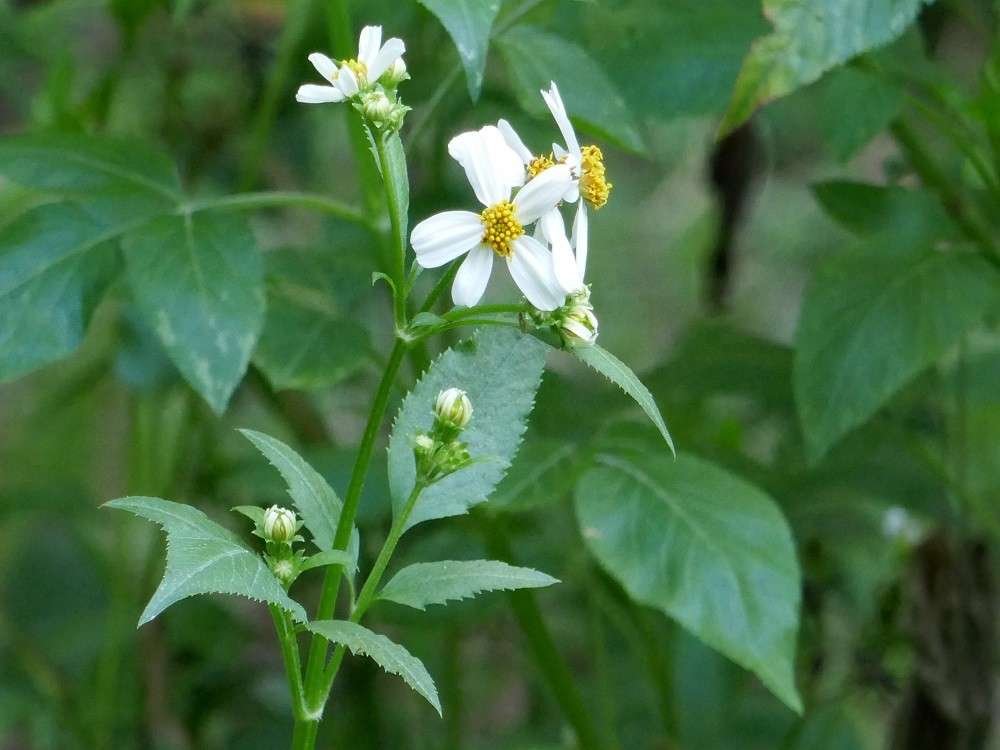
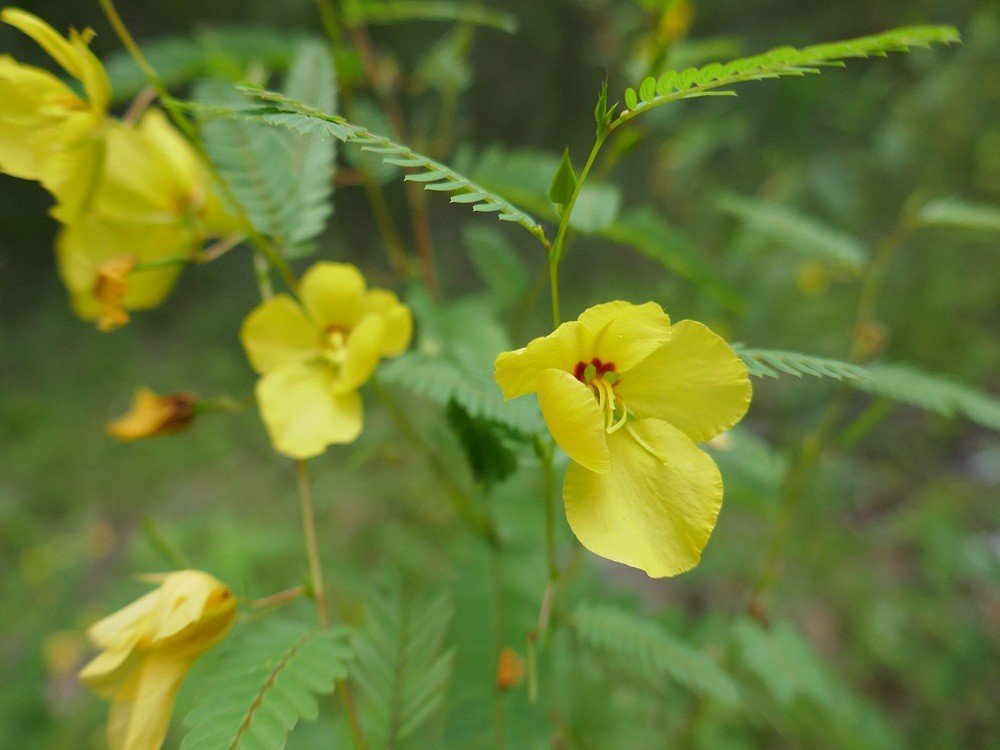
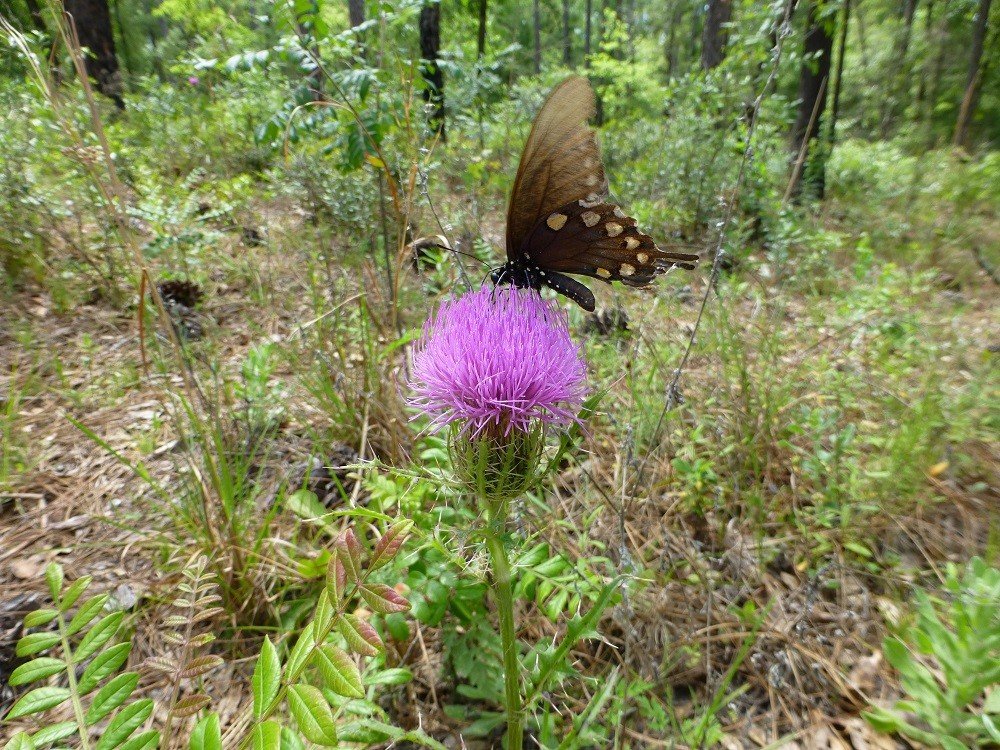
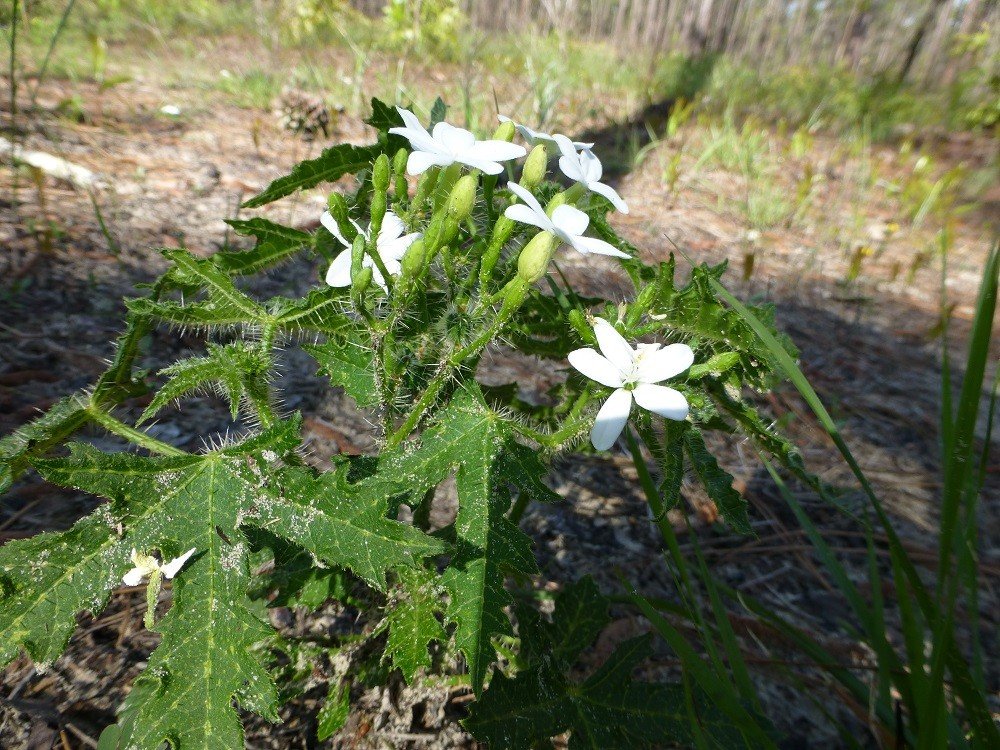
Weeds are nothing more than plants growing in a place where someone doesn’t want them. That’s it! Plain and simple! When someone tells you a native wildflower is a weed don’t believe them because it just isn’t true. Just because they would prefer a cultivated flower, or a monoculture, doesn’t mean that the ones you are growing, or nurturing, are automatically deemed less desirable. That’s just their opinion. It’s just a bias and a misapplied label.
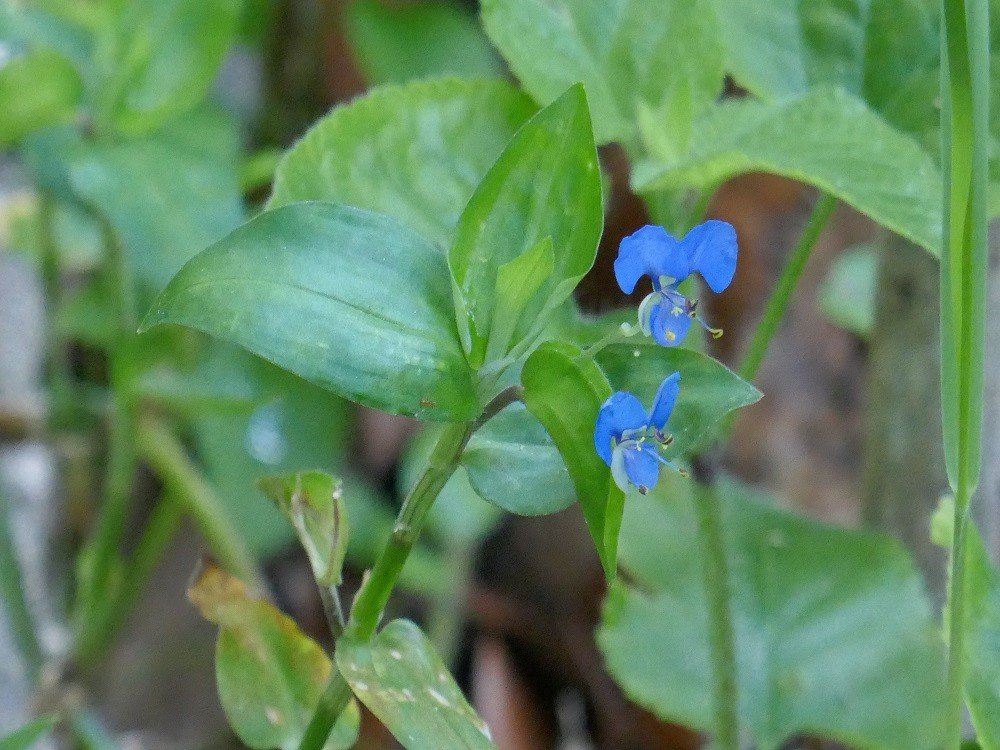
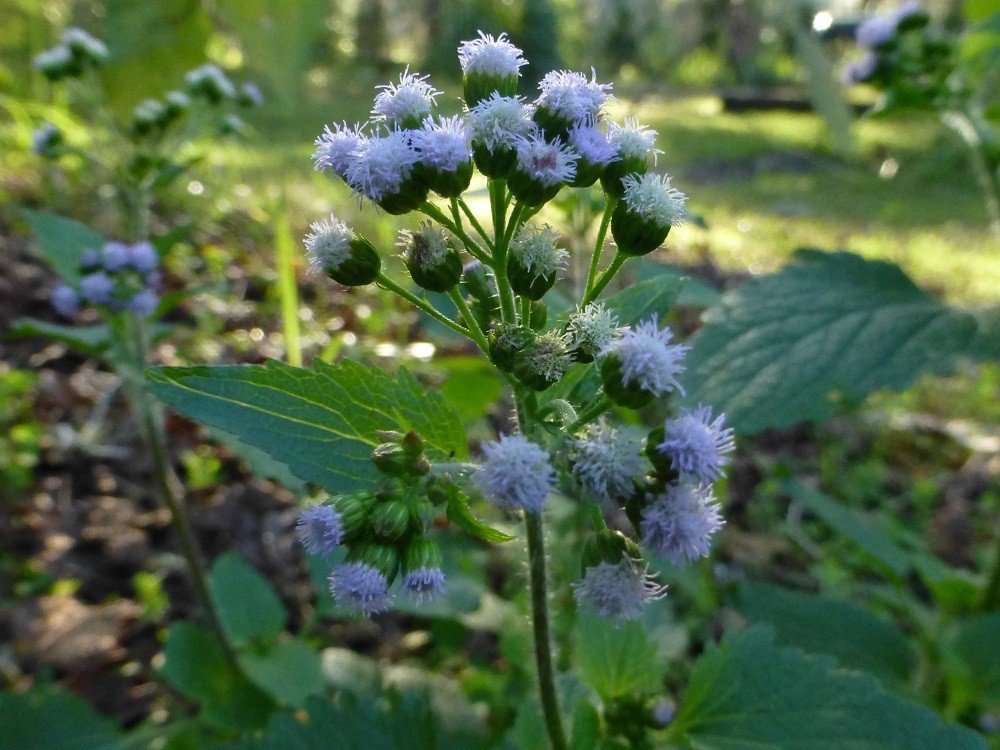
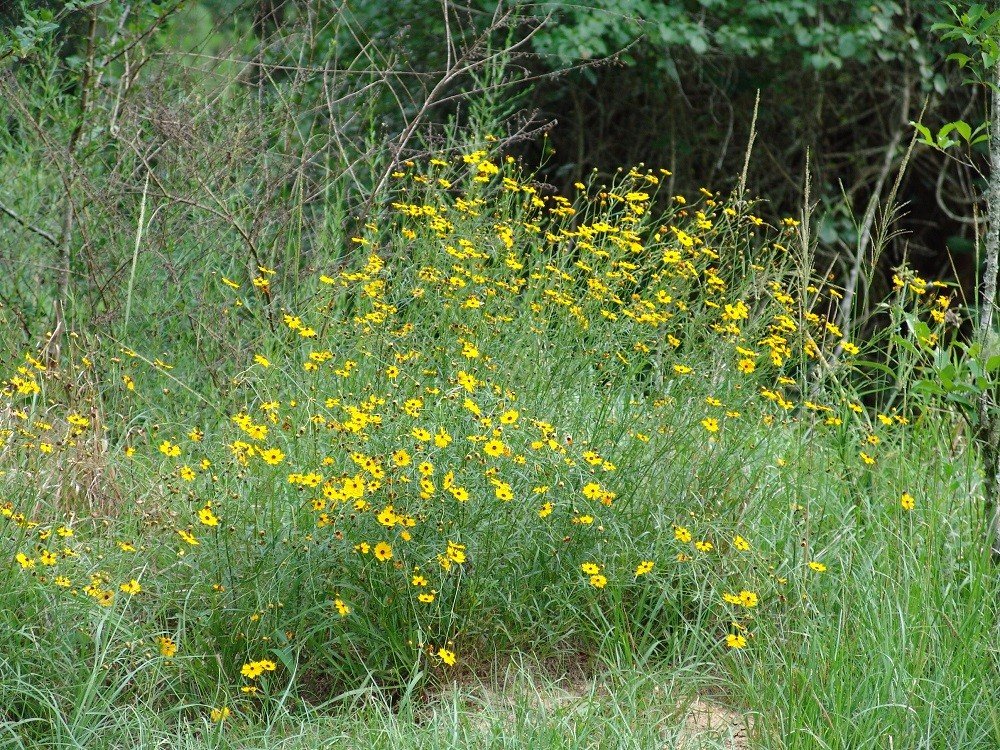
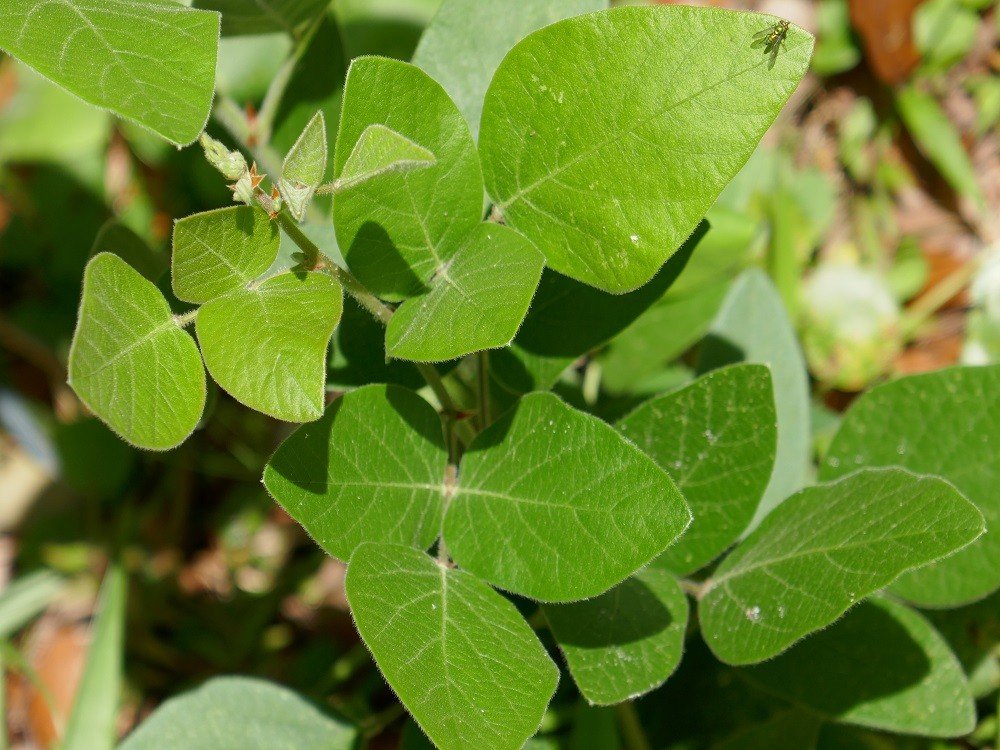
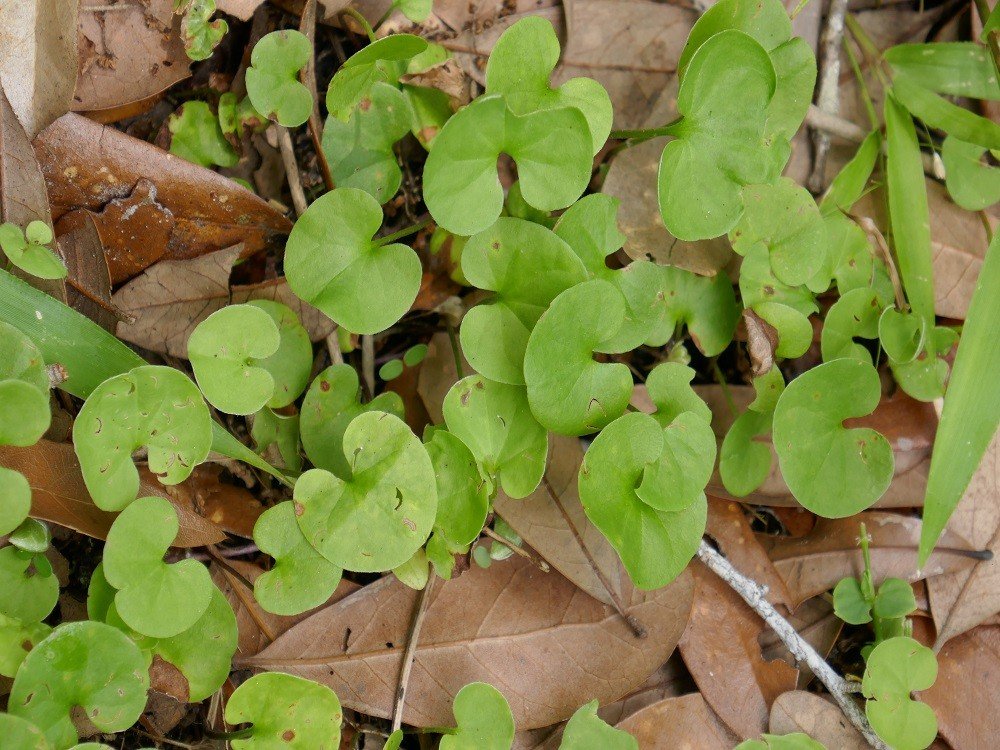
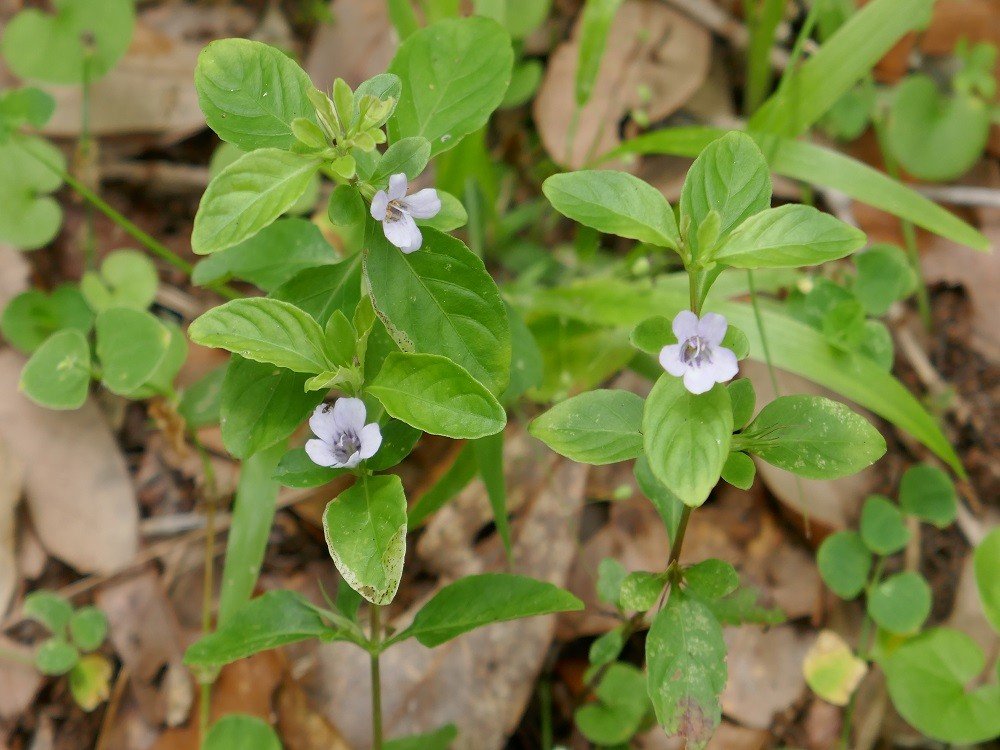
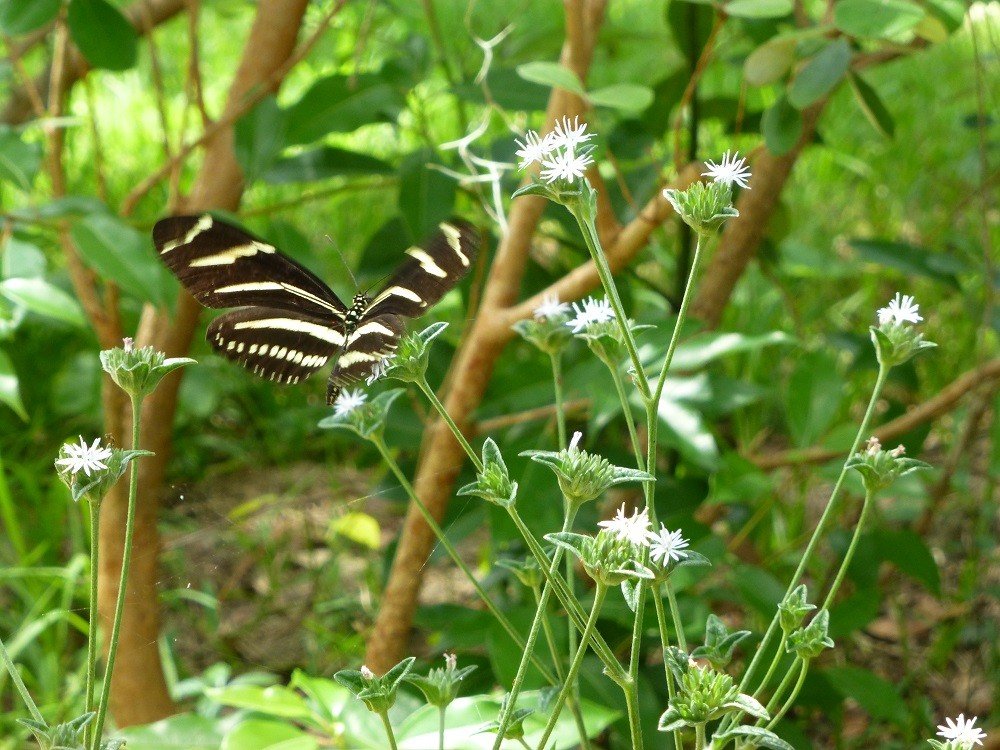
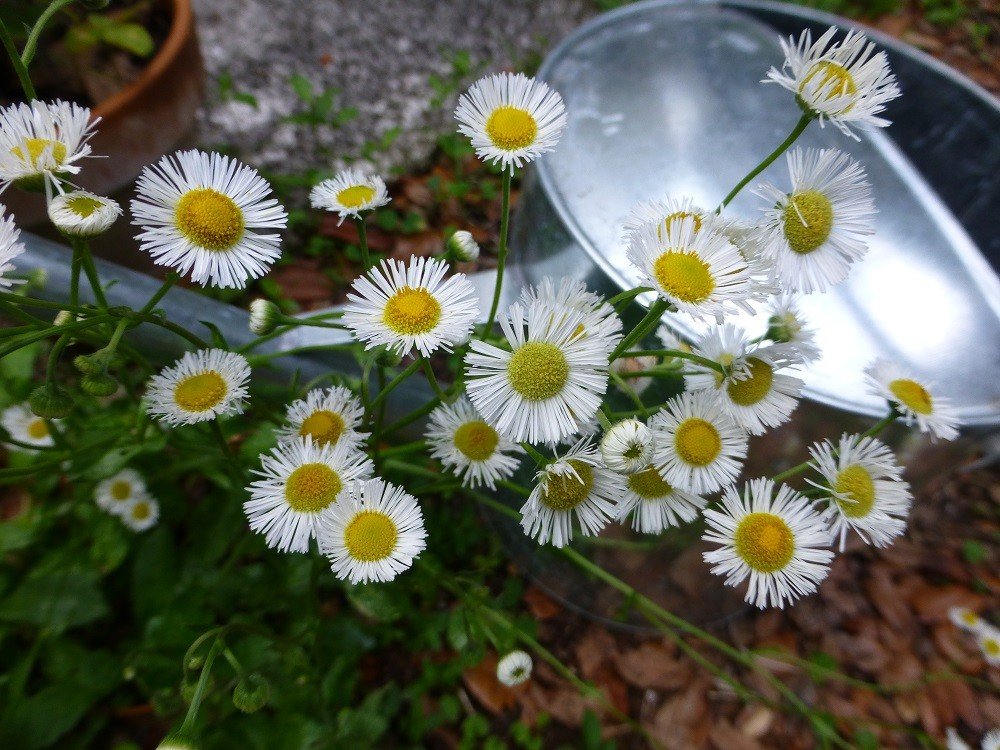
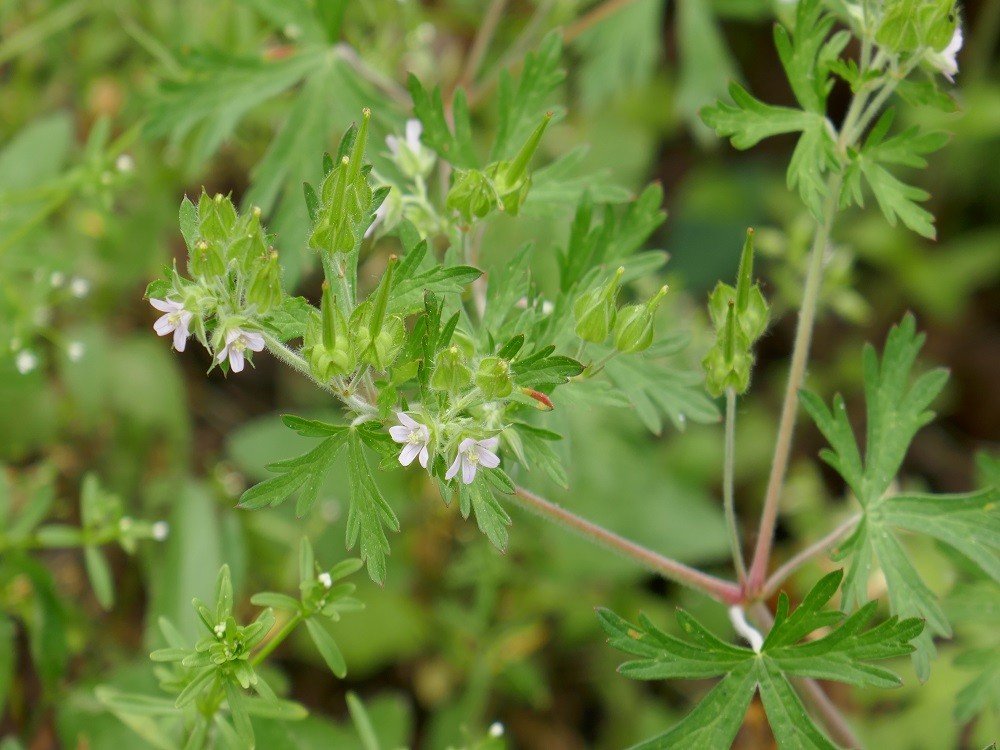
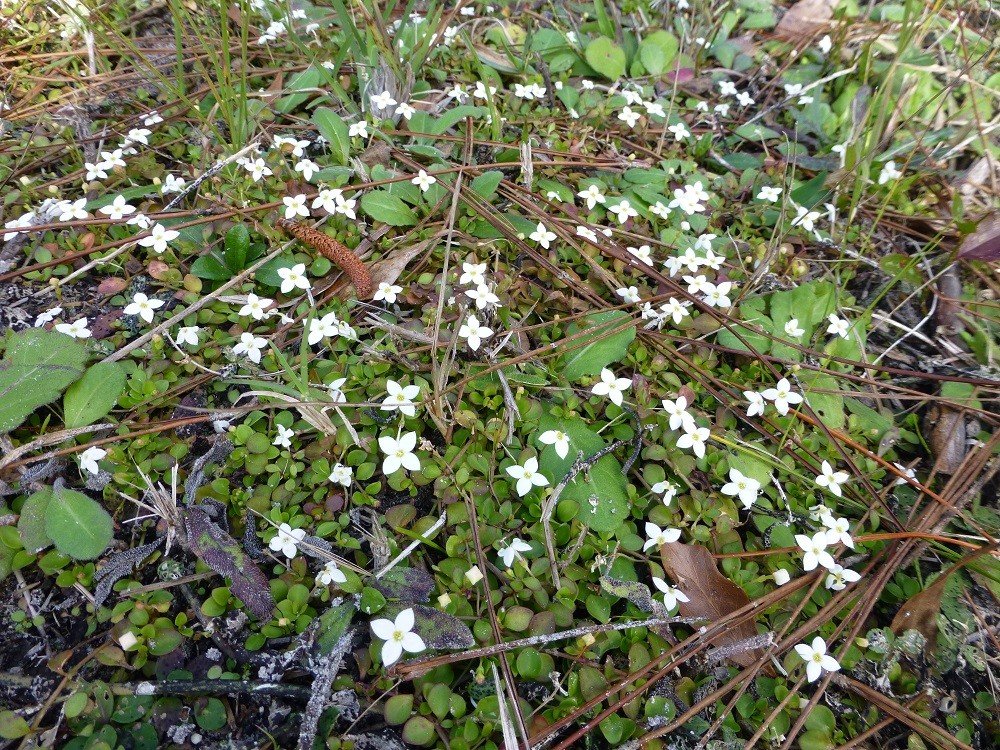
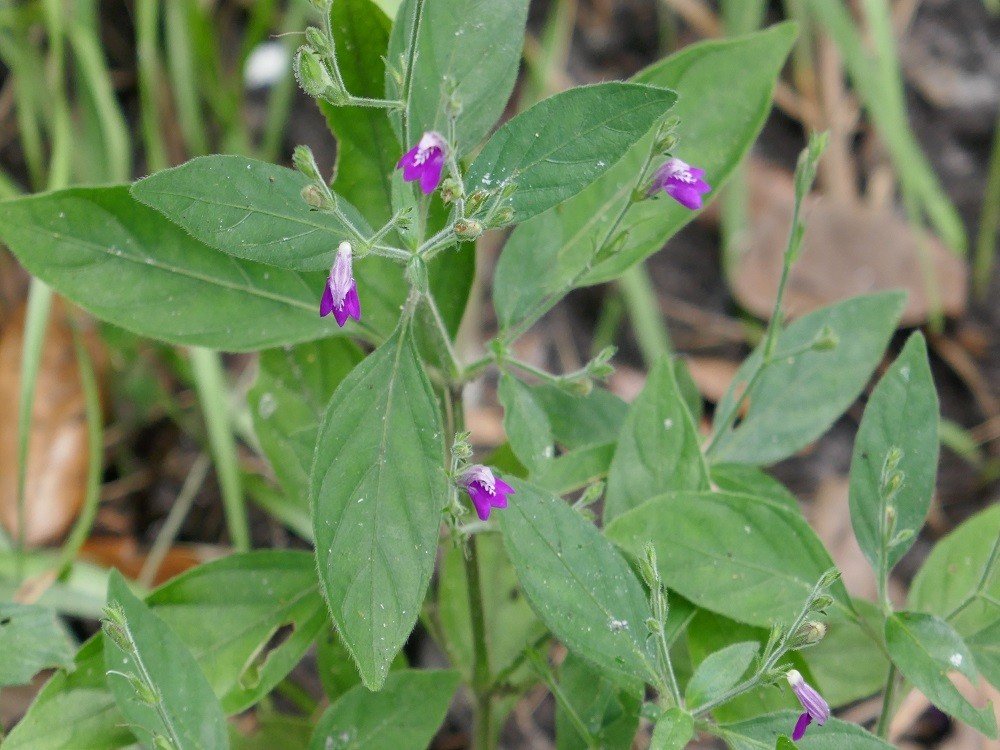
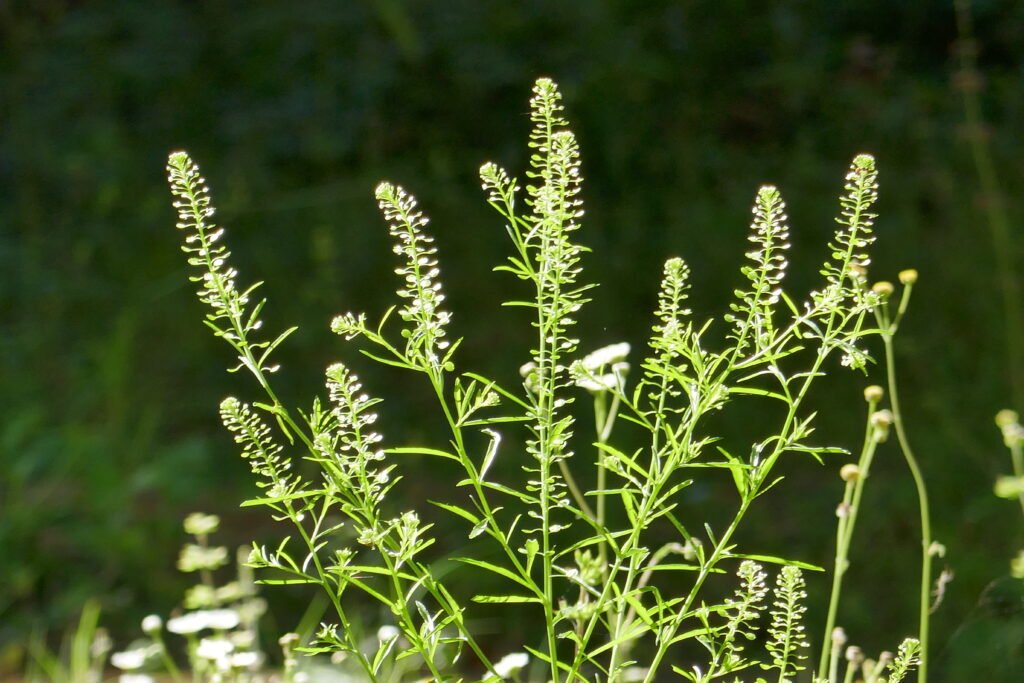
Farmers, gardeners, golf course managers, and cattlemen, hate wildflowers because their goal is a crop monoculture and they wish to eliminate troublesome plants. I’m certainly not saying that people making a living growing a monoculture are evil, but our air, water, and soil is being poisoned every day by someone trying to eradicate wildflowers. Toxic herbicides are poisoning the planet because of ignorance and bias. If you don’t want a wild landscape, or just can’t tolerate wildflowers, then please find a responsible way to eradicate them.
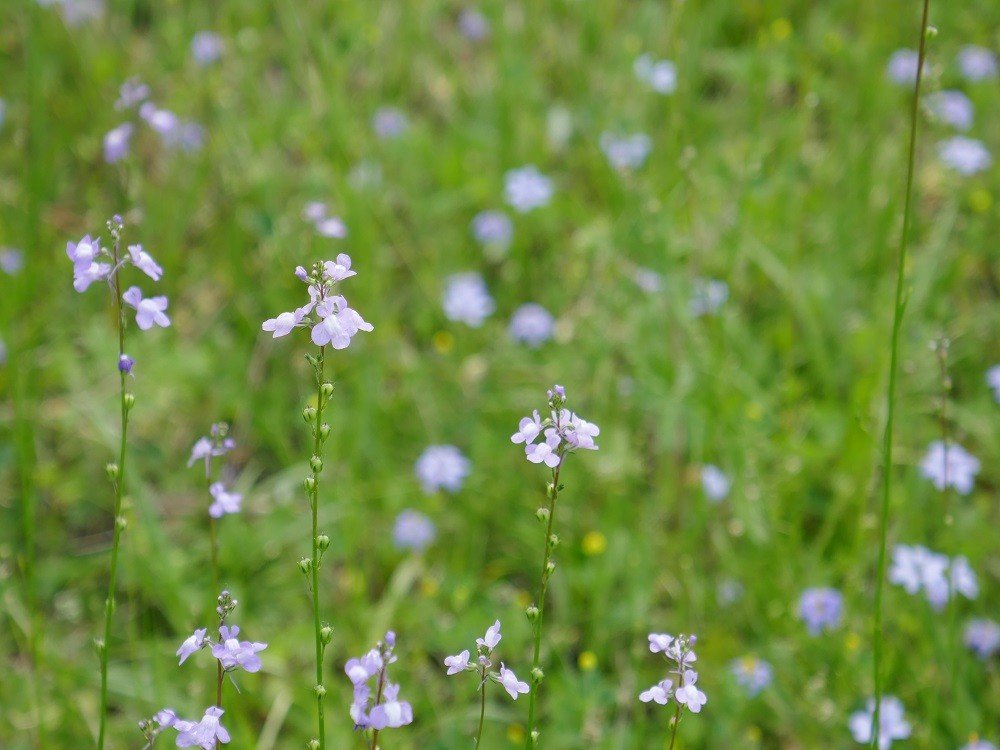
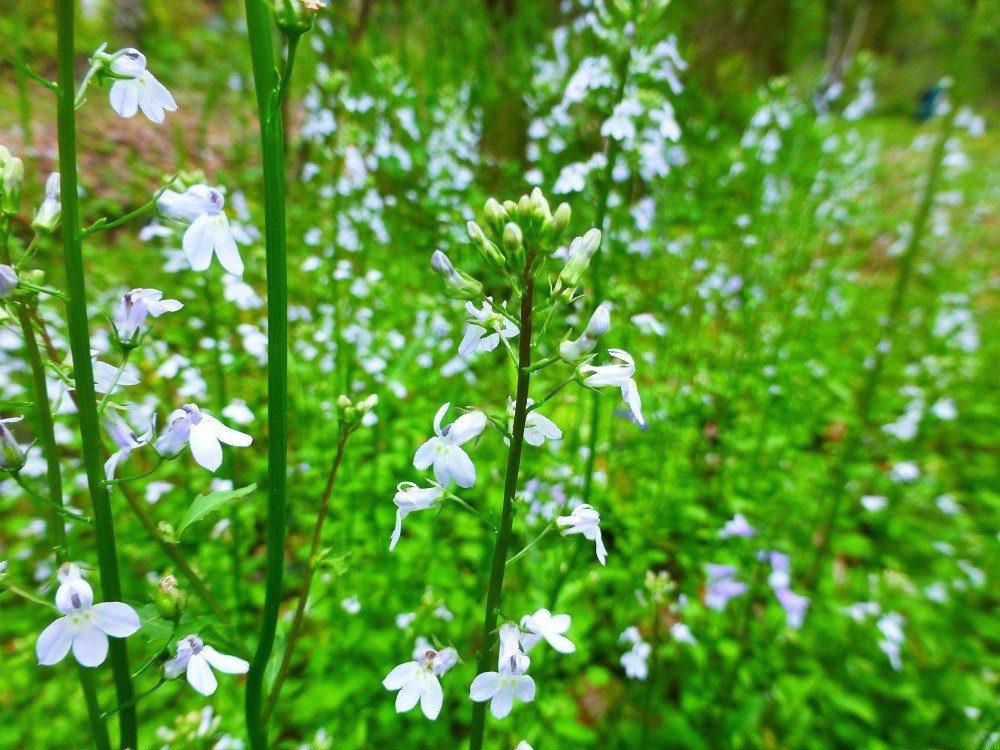
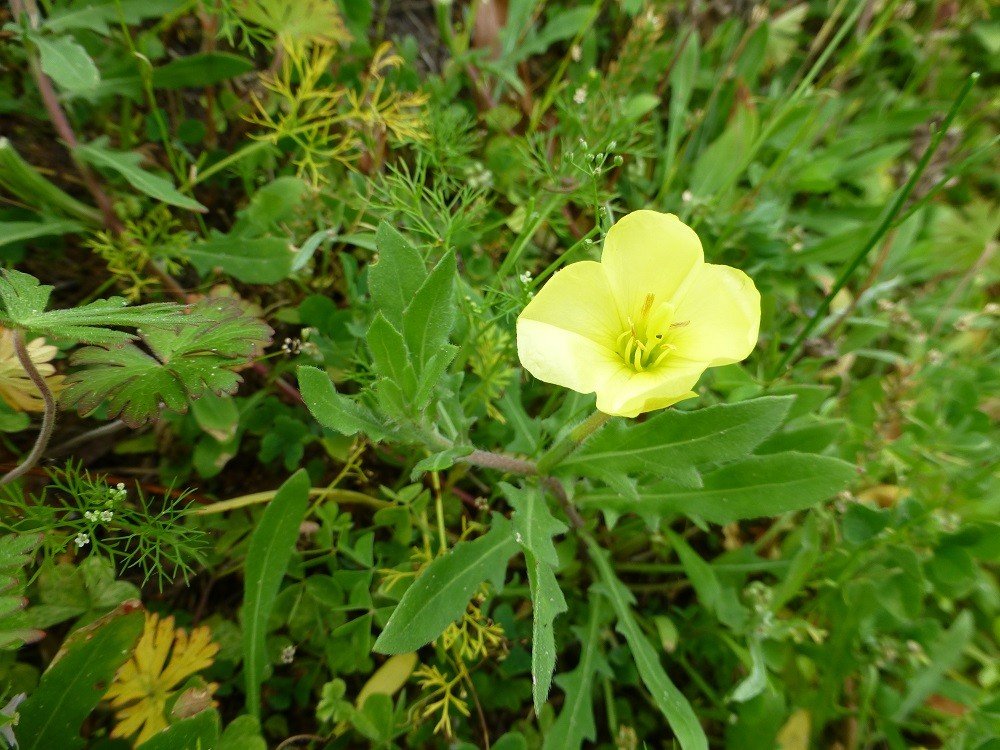
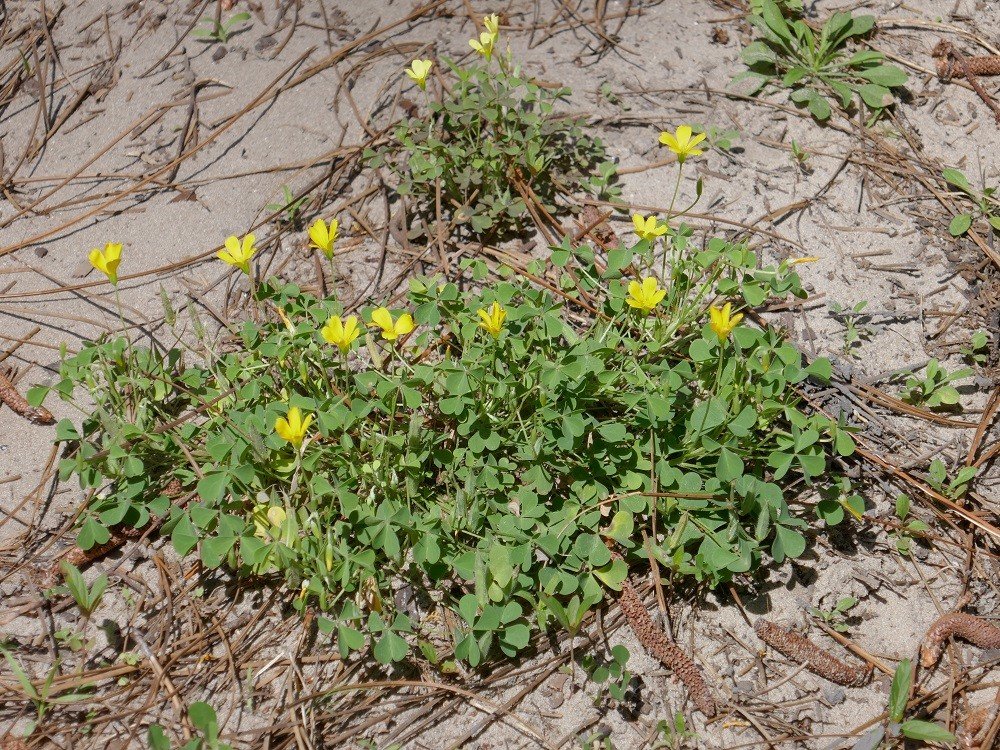
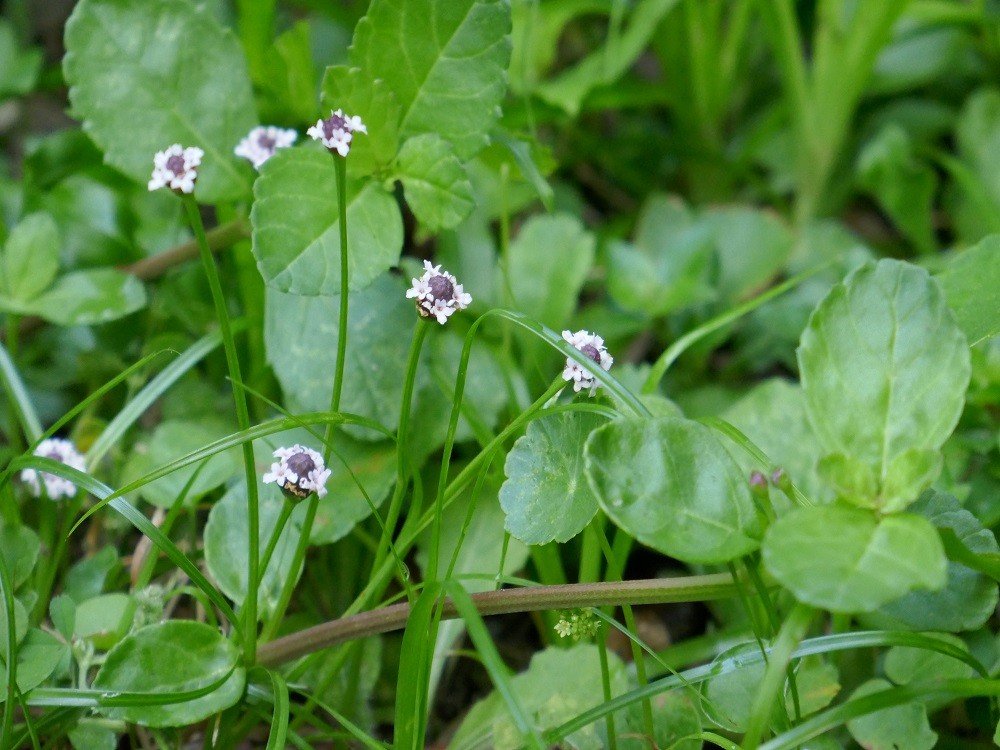
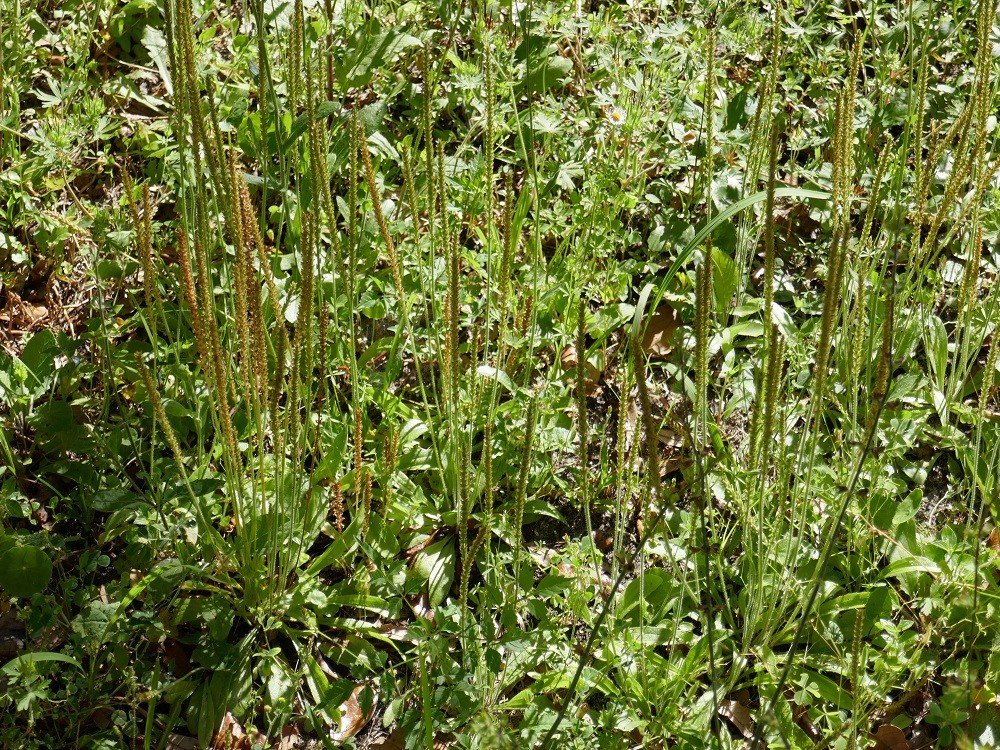
The wildflowers that so many mislabel as weeds and work to eliminate are an overlooked and misunderstood part of the fabric of Florida’s wildlife habitats … ecosystems. Granted, some wildflowers can be rather homely, but all of our wildflowers evolved to provide for our native wildlife, which for its part consumes all the parts of the wildflower in one way or another. The living, blooming, seeding, wildflowers, provides nectar, pollen, and forage, for one or more of Florida’s animals, and even when the plant dies, the soil organisms use it for food.
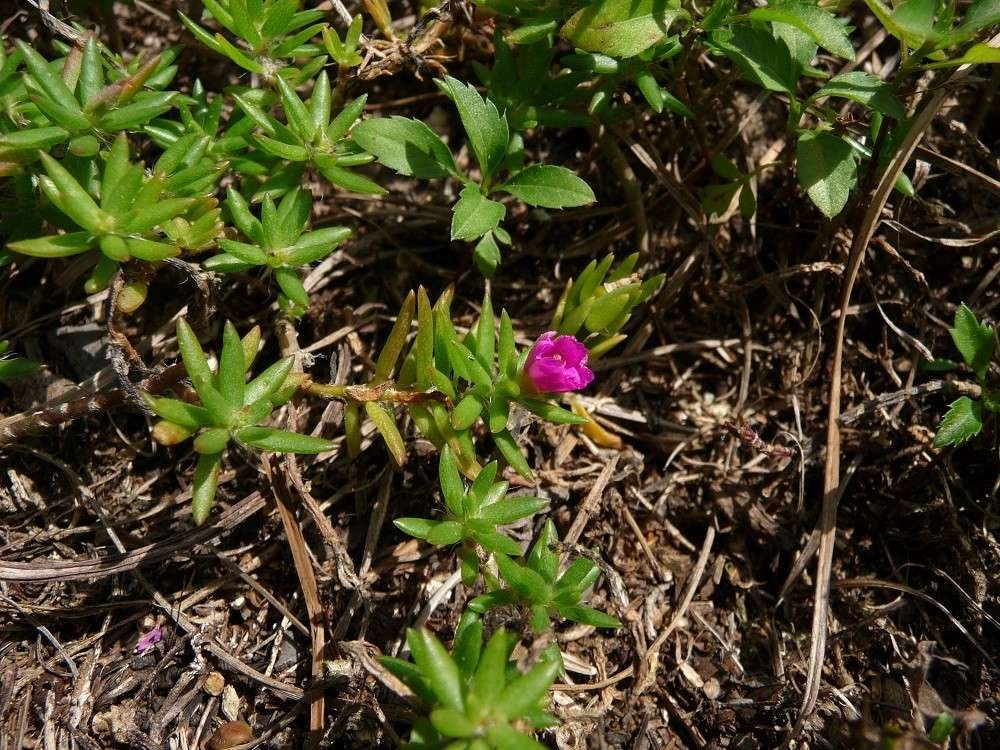
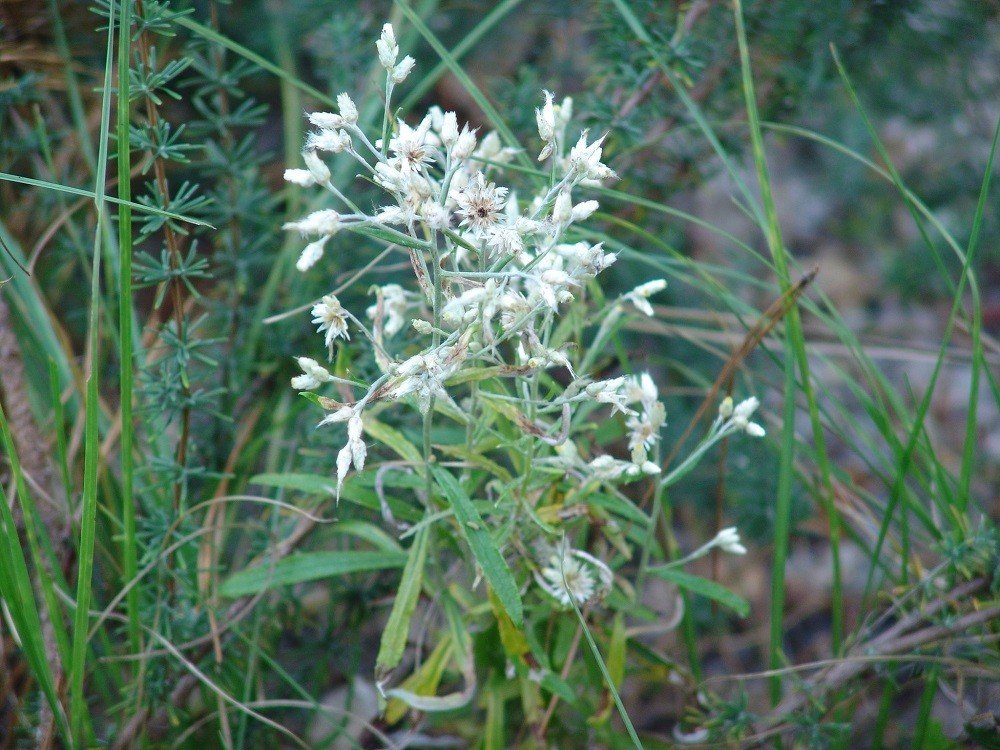
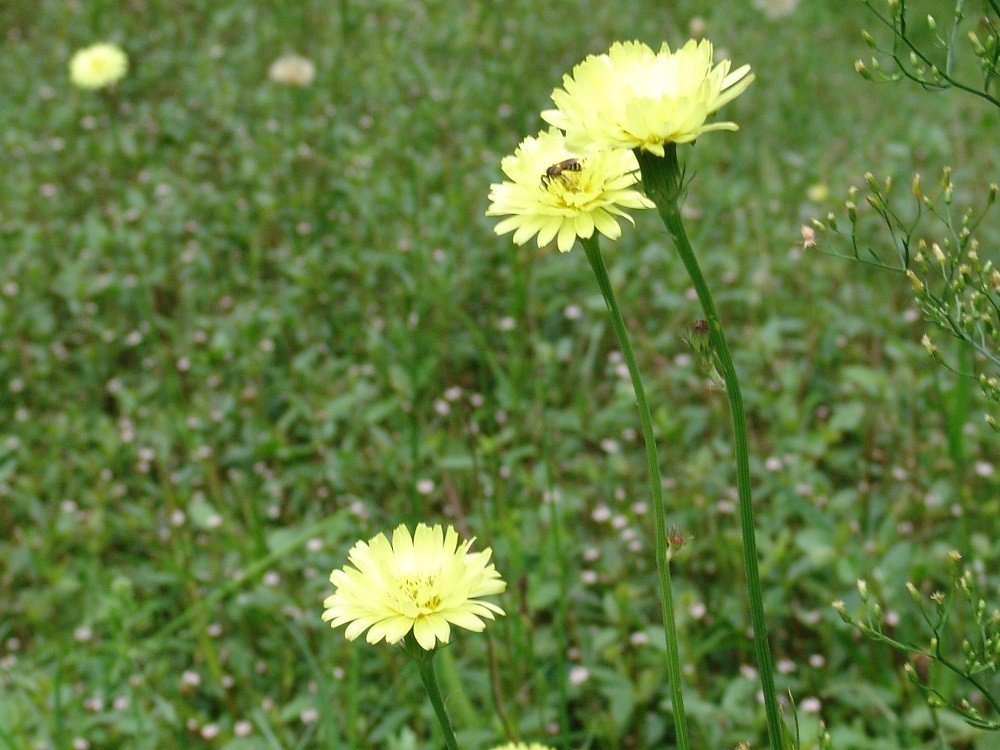
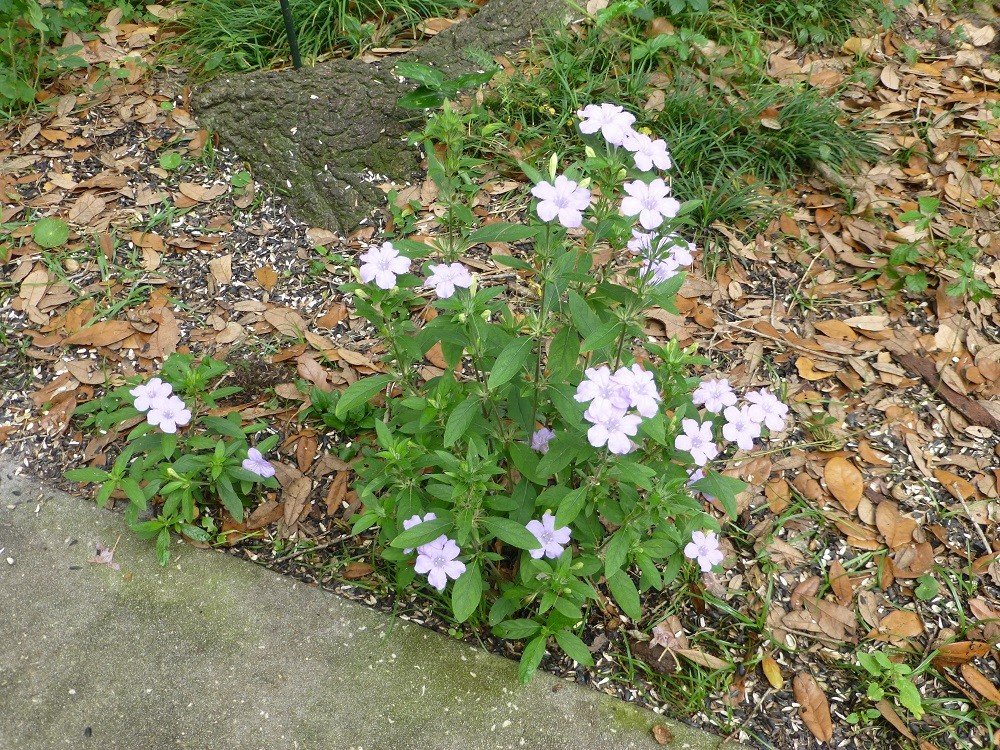
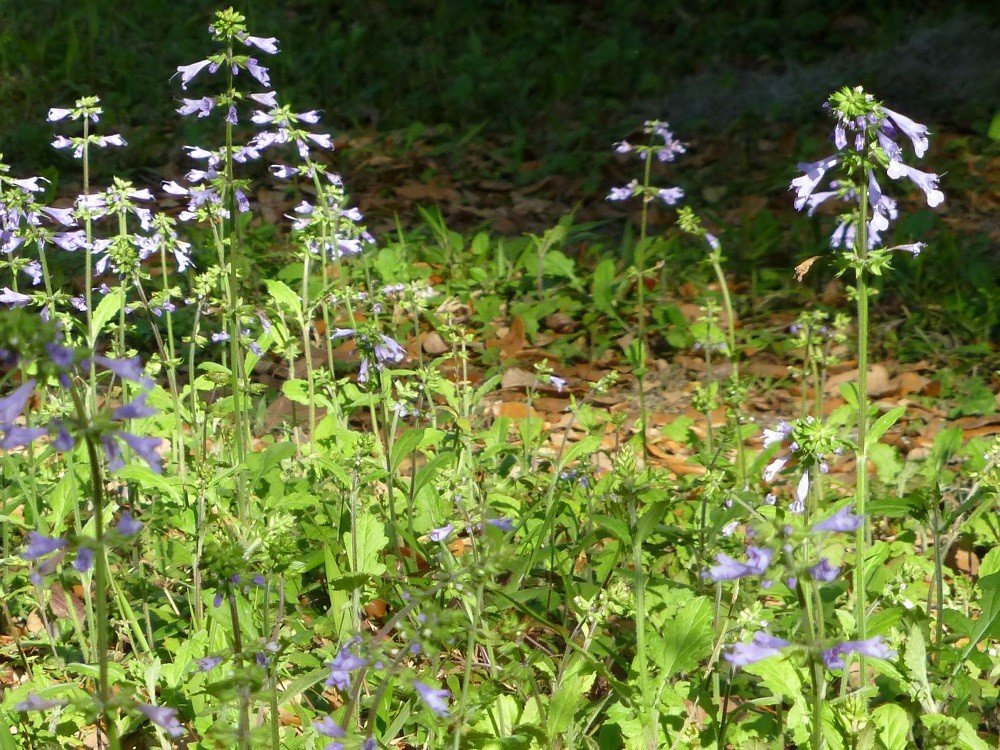

As a botanist, gardener, and wildlife lover, I love weeds. A gardener creating a wildlife habitat, or mini-meadow, loves weeds and the wildlife they attract and support. A wildlife rehabber who cares for herbivores loves weeds and the food they provide for the animals in their care. Ethnobotanists, entomologists … the scientists who study weeds and the wildlife that use them love weeds. The native plants and flowers mis-identified as weeds are important to a large group of knowing, receptive people that understand their usefulness.
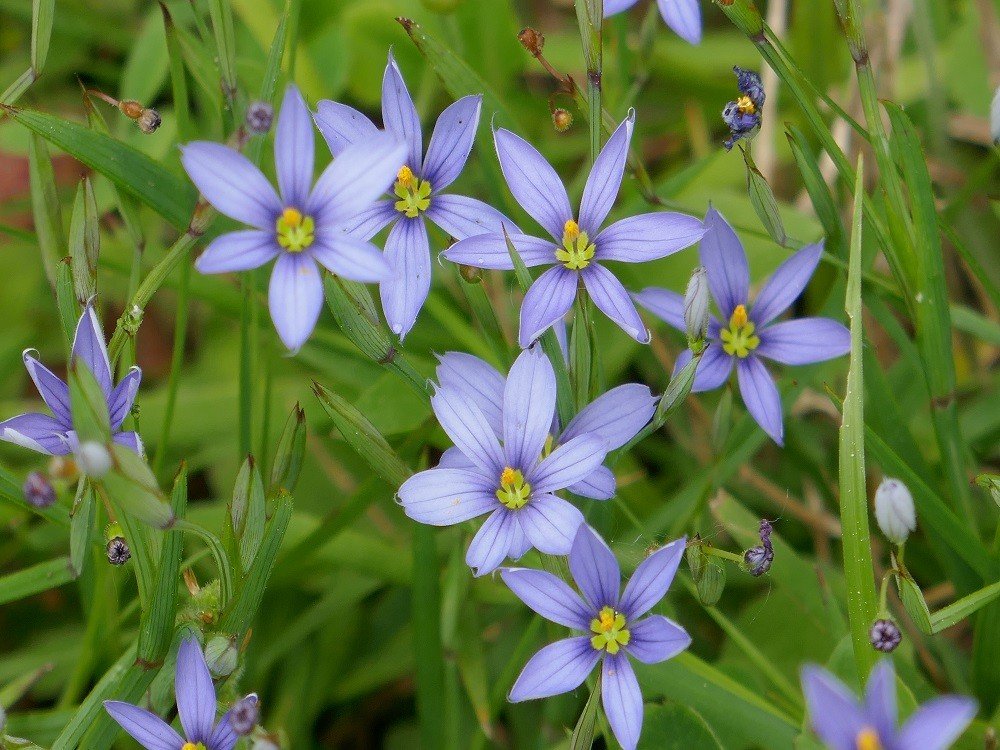
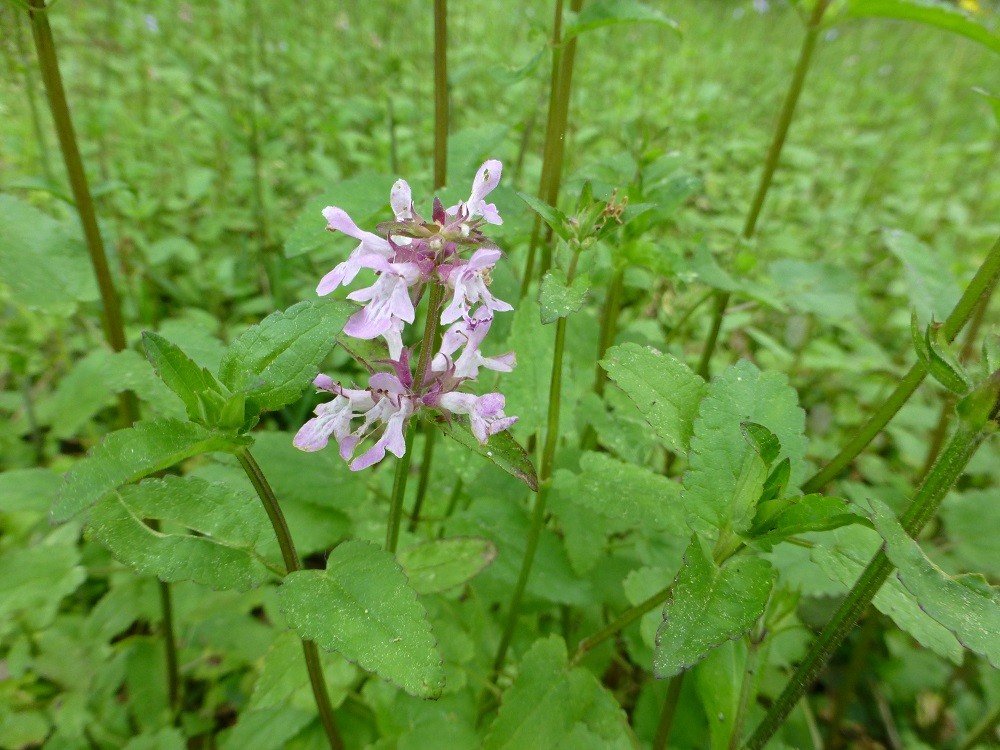
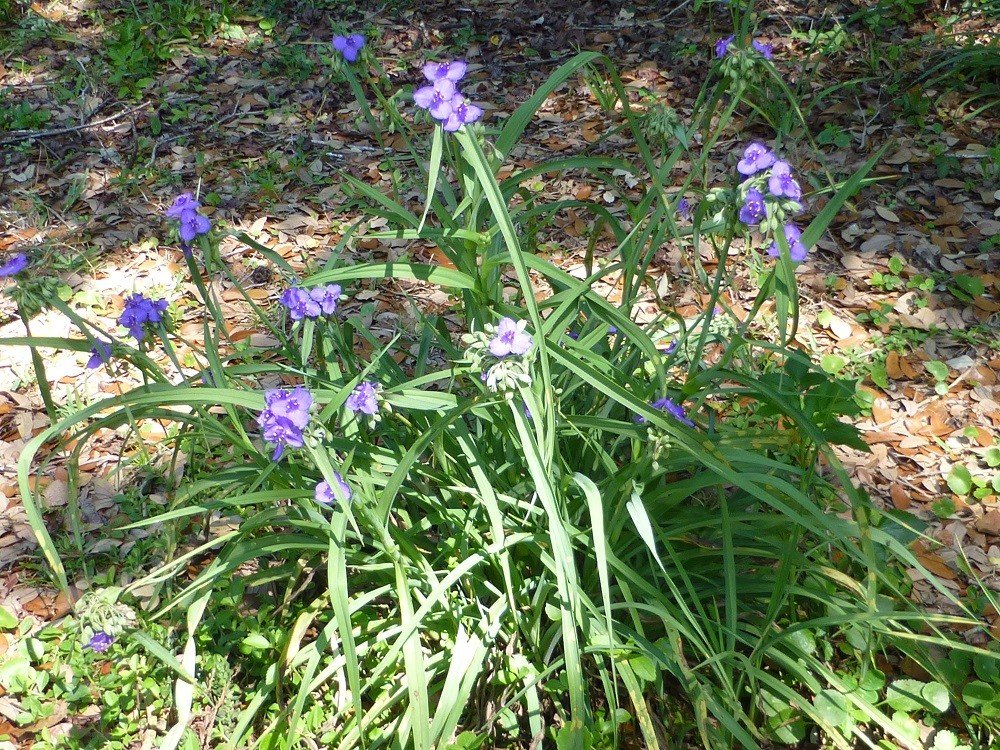
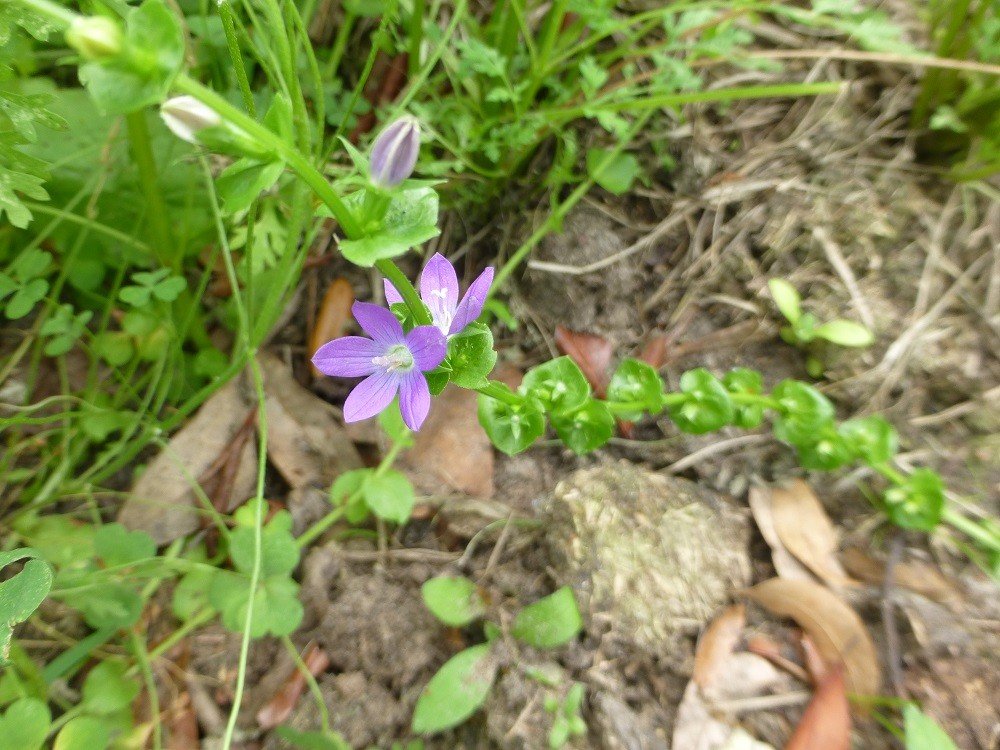
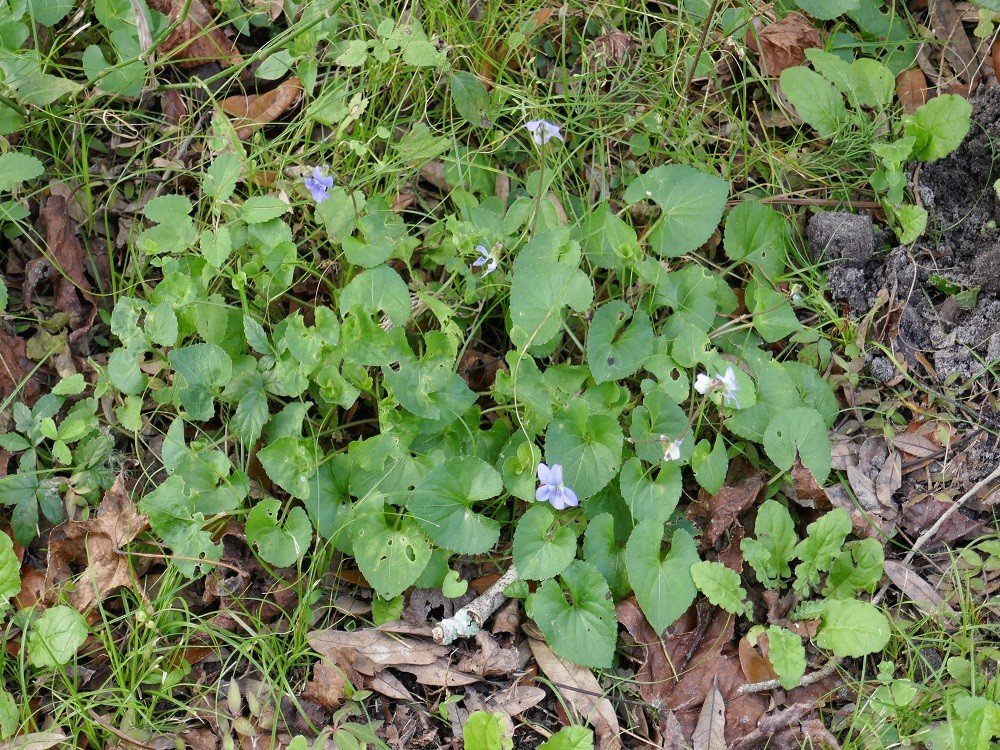
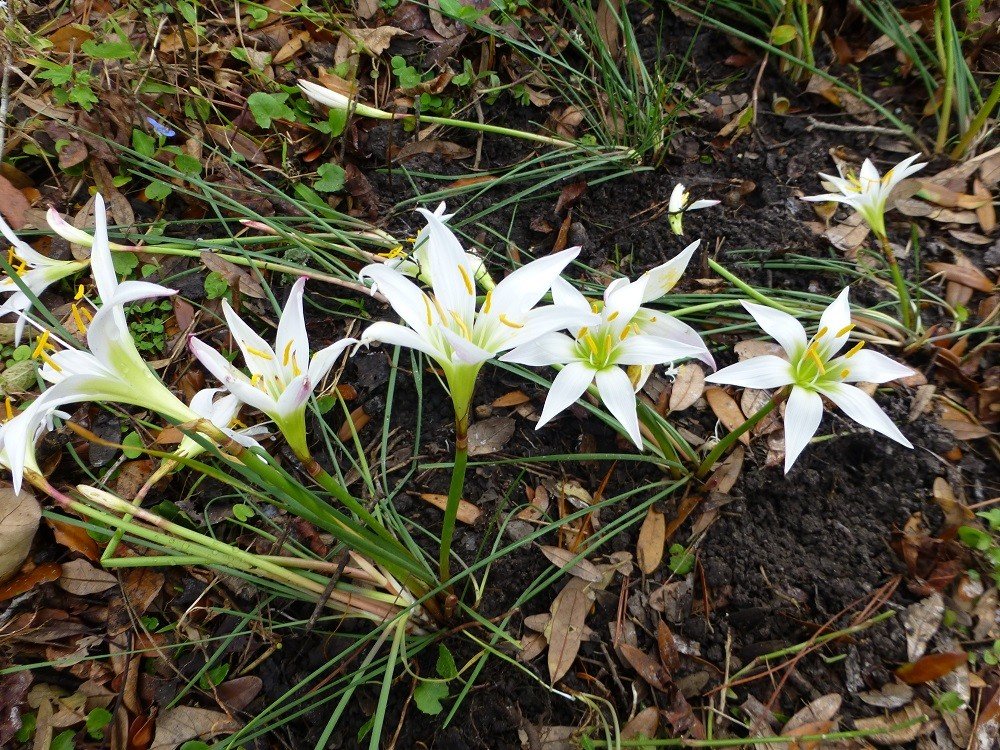
So the next time you see a thistle or blue-eyed grass volunteering in your green space you will hopefully resist the temptation to pull it up and discard it. Give your wildflowers a little space, and love, and I can guarantee that you will begin to transform your landscape from a relatively sterile environment to one that is full of both plant and animal life. Treat the native wildflowers as the gifts they are.
I specialize is selling Florida ecotype seeds for many of these wildflowers so if you’re interested please visit Sharon’s Florida’s Ebay store.
Learning Florida wildflowers is a great hobby to have. Check out Dr. Taylor’s color coded book The Guide to Florida Wildflowers. Being able to look up flowers by their color is a great way to learn about them!

